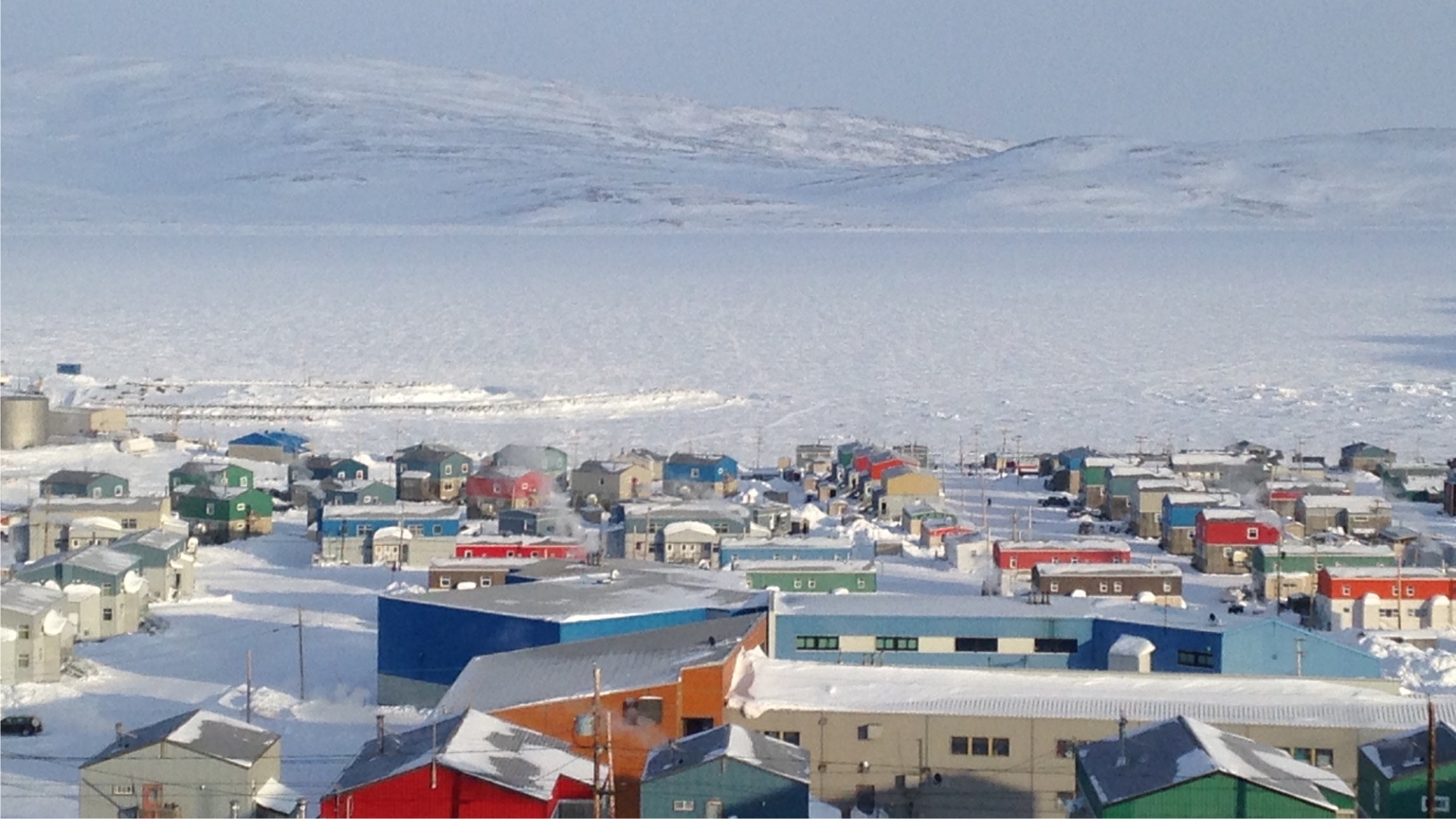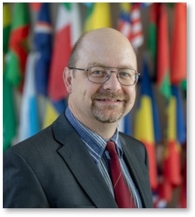|
The buzz around Canada by Jeremy Whitlock May 2024  Canada is home to many remote northern communities Half a century ago the curiosity focused on why Canada was a nuclear powerhouse in the first place: a country known more for snow than science – somehow building its own reactors, supplying the world with nuclear medicine and cancer radiotherapy machines, and earning Nobel prizes. What wasn't surprising was the country's domination of the uranium market: everyone knew the place was awash in natural resources under all that snow. Later the chatter wasn't so much around Canada building its own reactors, but being the ONLY country outside the U.S. building its own commercial reactor design – and with a 100% domestic supply chain. Not only 100% domestic, but esoteric: natural uranium, pressure tubes, tiny fuel bundles, calandria vessels, heavy water production and upgrading, robotic fuelling machines, tritium handling, dry storage facilities long before the rest of the nuclear world saw the pressing need for them. The potential for these reactors to run on other countries' waste became fashionable: surplus weapons plutonium from the U.S. and Russia, spent reactor fuel from pretty well anywhere. Thorium was widely discussed – including the possibility to breed uranium from it without using a fast reactor. Heck this crazy machine could run on anything but the kitchen sink (and even the kitchen sink if it had a uranium or thorium glaze!) Talk ebbed and flowed. Today Canada comes up around the water cooler quite a bit in the context of Small Modular Reactors, or SMRs. The country still has its domestic CANDU design, and still needs more of those for its industrial and population centres. But it also has a growing hunger for smaller reactors in smaller grids, and tiny reactors where there are no grids. "Microreactors" are the buzz today: arguably the one truly revolutionary nuclear deployment model in a sea of exciting possibilities. Microreactors are essentially nuclear batteries – solid state, portable, swap out when done. Their end uses mirror those of diesel generators and process boilers today – but running for decades without refuelling. That's especially important for Canada's north, and other remote locations where energy resources are transported in at great expense. For this reason there is no economy of scale (the reason why big reactors usually make more sense); there is only economy of opportunity. Canada knew this half a century ago when it pioneered microreactor development: the SLOWPOKE heating reactor, and the AECL Nuclear Battery (based on the world's safest fuel – TRISO, with heat pipes requiring no moving parts for reactor cooling). That buzz eventually slipped away, but it's making a comeback in spades. Today Canada is number one on the list of countries with interesting, numerous and diverse reasons to deploy SMRs and microreactors – fully under international safeguards, and supported by the same robust R&D, manufacturing and regulatory capability that made the country such a curiously unique nuclear leader for 80 years. With the number of technology suppliers today, and global opinion shifting in favour, the sense is very much that nuclear has come of age. It's great to be in the conversation.
|
|
Discussion welcome. ©2024 Jeremy Whitlock
|
|
About the Author Dr. Jeremy Whitlock has three decades' experience as a scientist and manager in the Canadian and international nuclear community. Since January 2017 he has worked in the Department of Safeguards at the International Atomic Energy Agency (IAEA) in Vienna, helping to ensure that countries meet their obligations under the Nuclear Non-proliferation Treaty (NPT). Prior to that he worked at Chalk River Laboratories in nuclear nonproliferation and reactor physics. Dr. Whitlock has a B.Sc. in Physics from the University of Waterloo (1988), and an M.Eng. and PhD in Engineering Physics (reactor physics) from McMaster University (1995). Dr. Whitlock is a Past President and Fellow of the Canadian Nuclear Society, and a public speaker and author on nuclear issues – including The Canadian Nuclear FAQ (www.nuclearfaq.ca), a personal website of frequently-asked questions (FAQs) on Canadian nuclear technology. Dr. Whitlock feels that humans and nature can coexist in harmony when technology is used sustainably, and strongly suspects that canoes are the closest humans have come to inventing a perfect machine.
Dr. Jeremy Whitlock has three decades' experience as a scientist and manager in the Canadian and international nuclear community. Since January 2017 he has worked in the Department of Safeguards at the International Atomic Energy Agency (IAEA) in Vienna, helping to ensure that countries meet their obligations under the Nuclear Non-proliferation Treaty (NPT). Prior to that he worked at Chalk River Laboratories in nuclear nonproliferation and reactor physics. Dr. Whitlock has a B.Sc. in Physics from the University of Waterloo (1988), and an M.Eng. and PhD in Engineering Physics (reactor physics) from McMaster University (1995). Dr. Whitlock is a Past President and Fellow of the Canadian Nuclear Society, and a public speaker and author on nuclear issues – including The Canadian Nuclear FAQ (www.nuclearfaq.ca), a personal website of frequently-asked questions (FAQs) on Canadian nuclear technology. Dr. Whitlock feels that humans and nature can coexist in harmony when technology is used sustainably, and strongly suspects that canoes are the closest humans have come to inventing a perfect machine.
|
|
